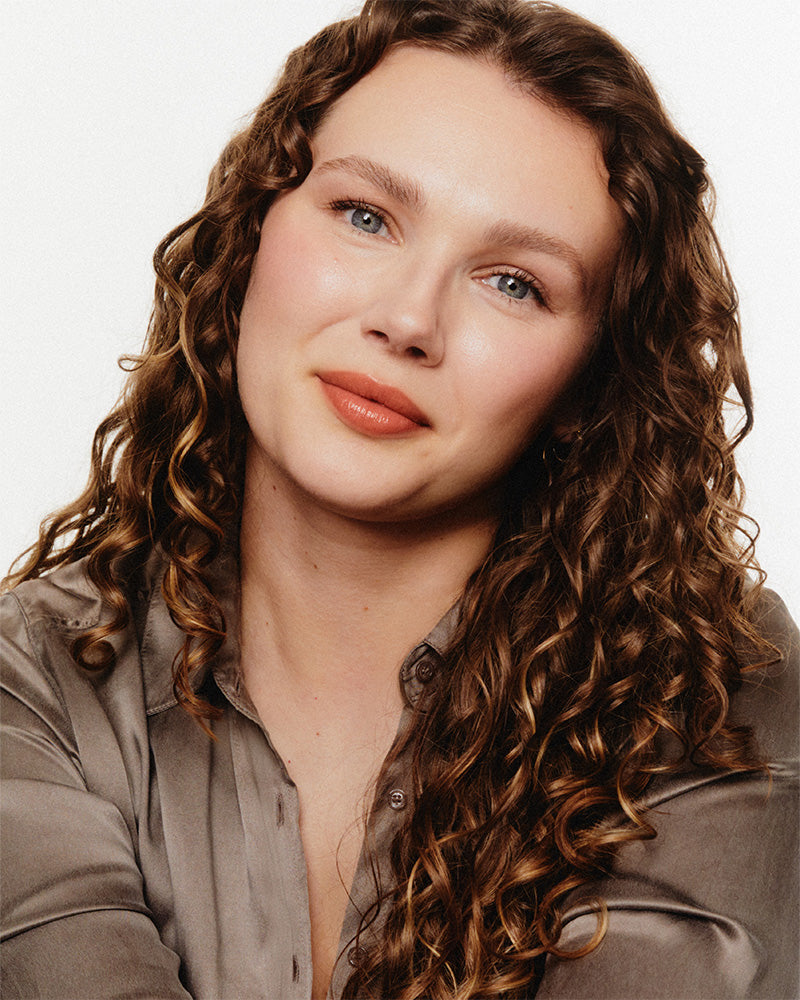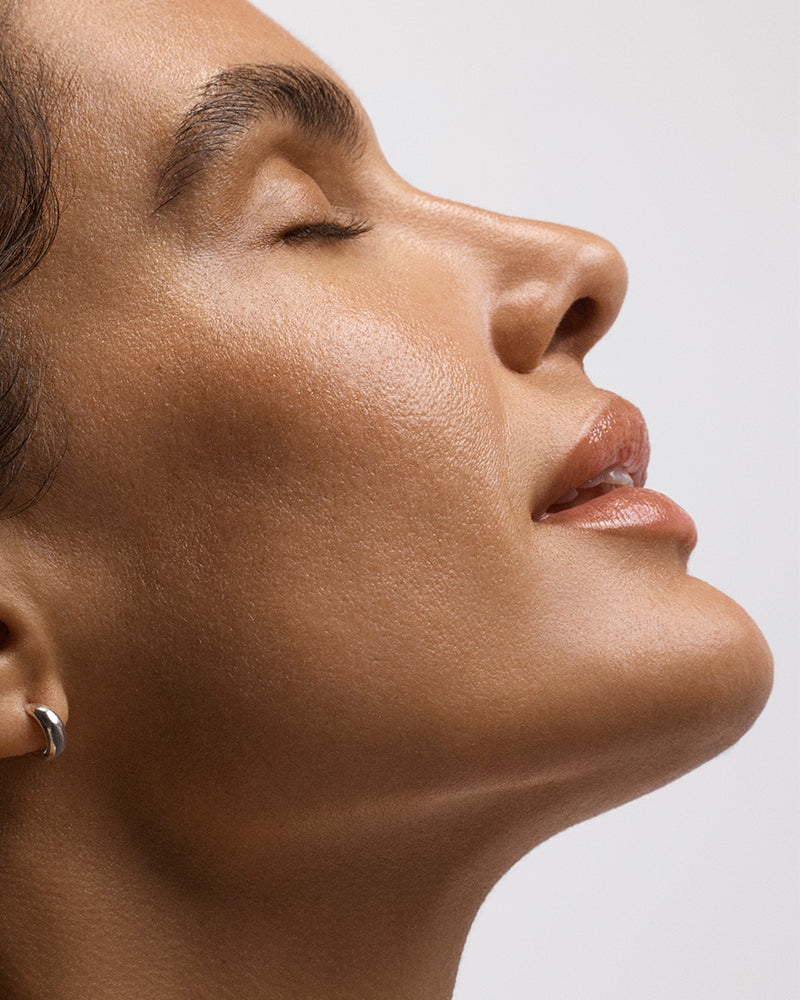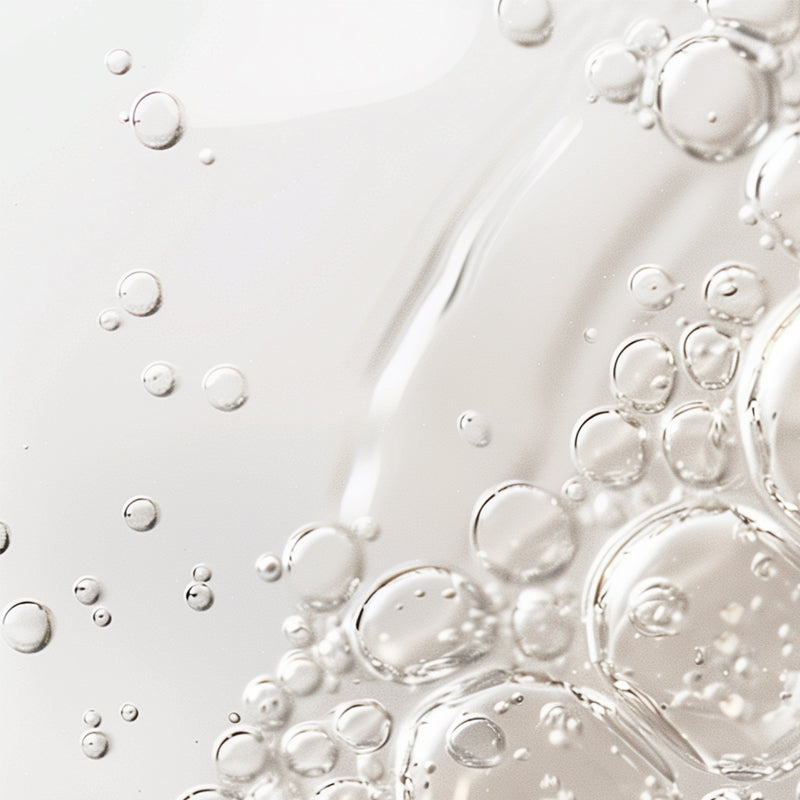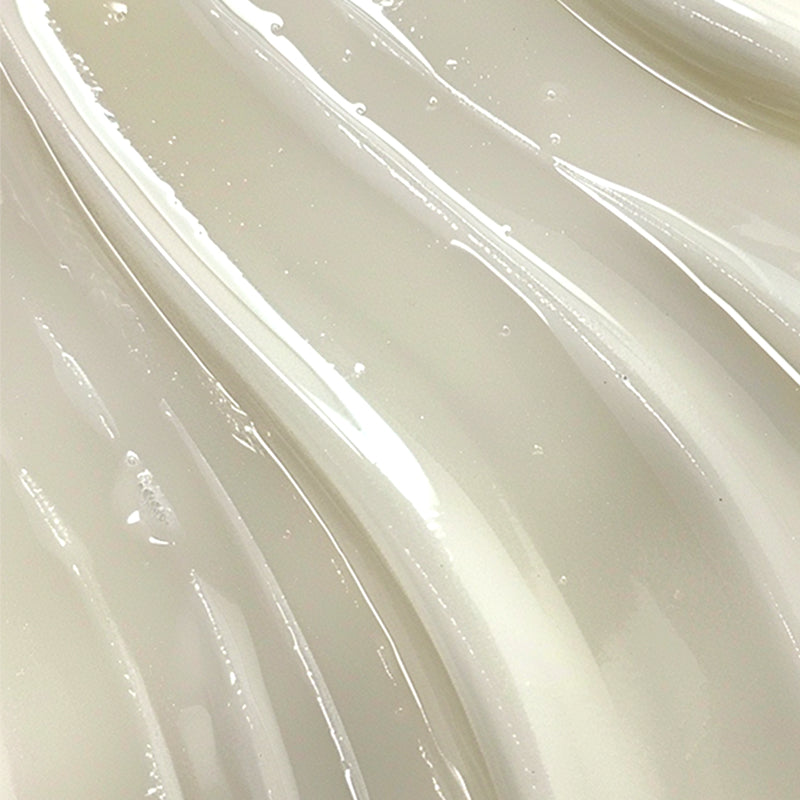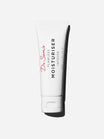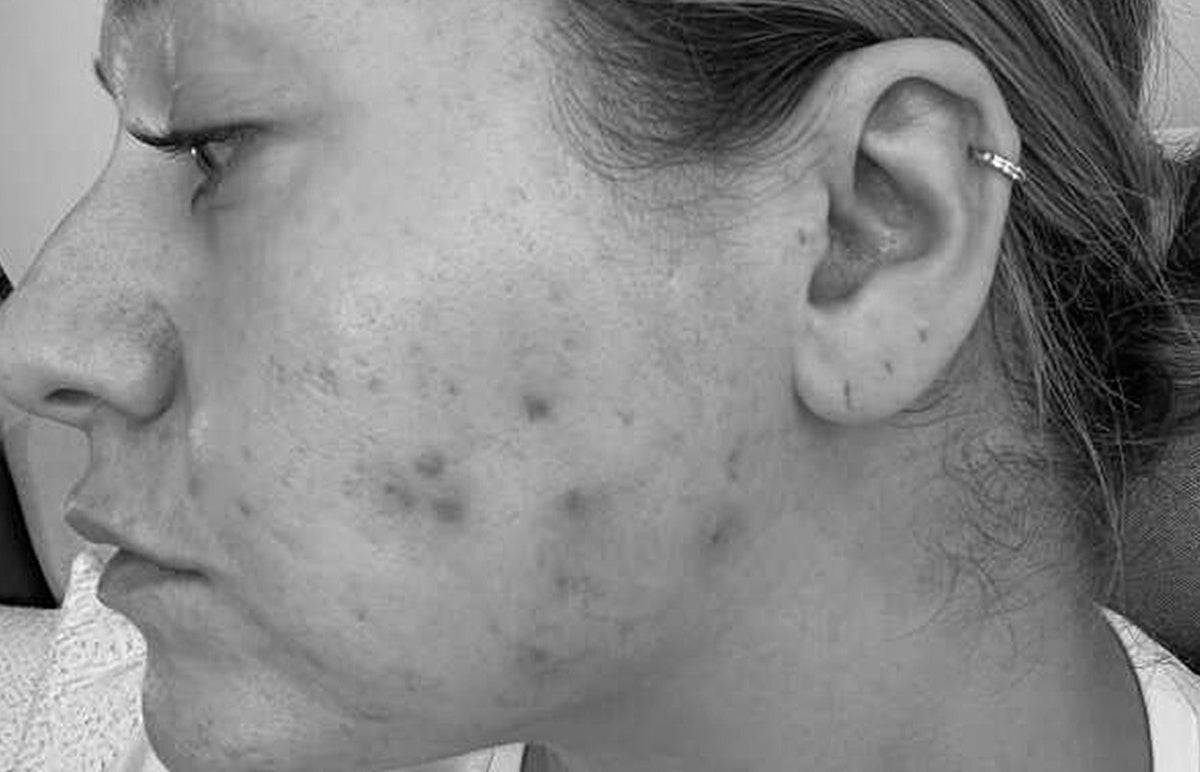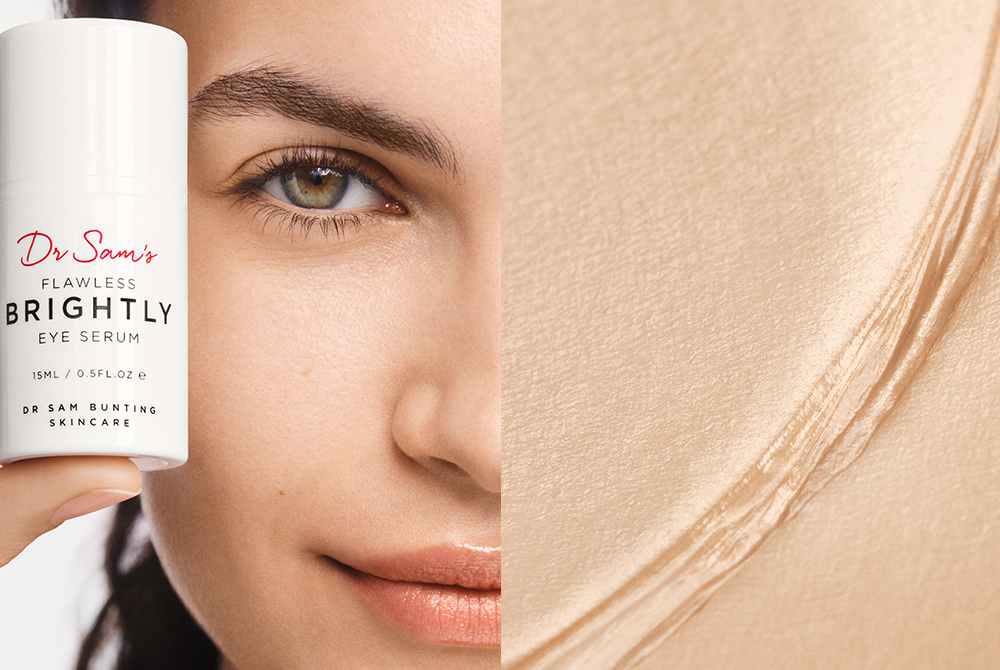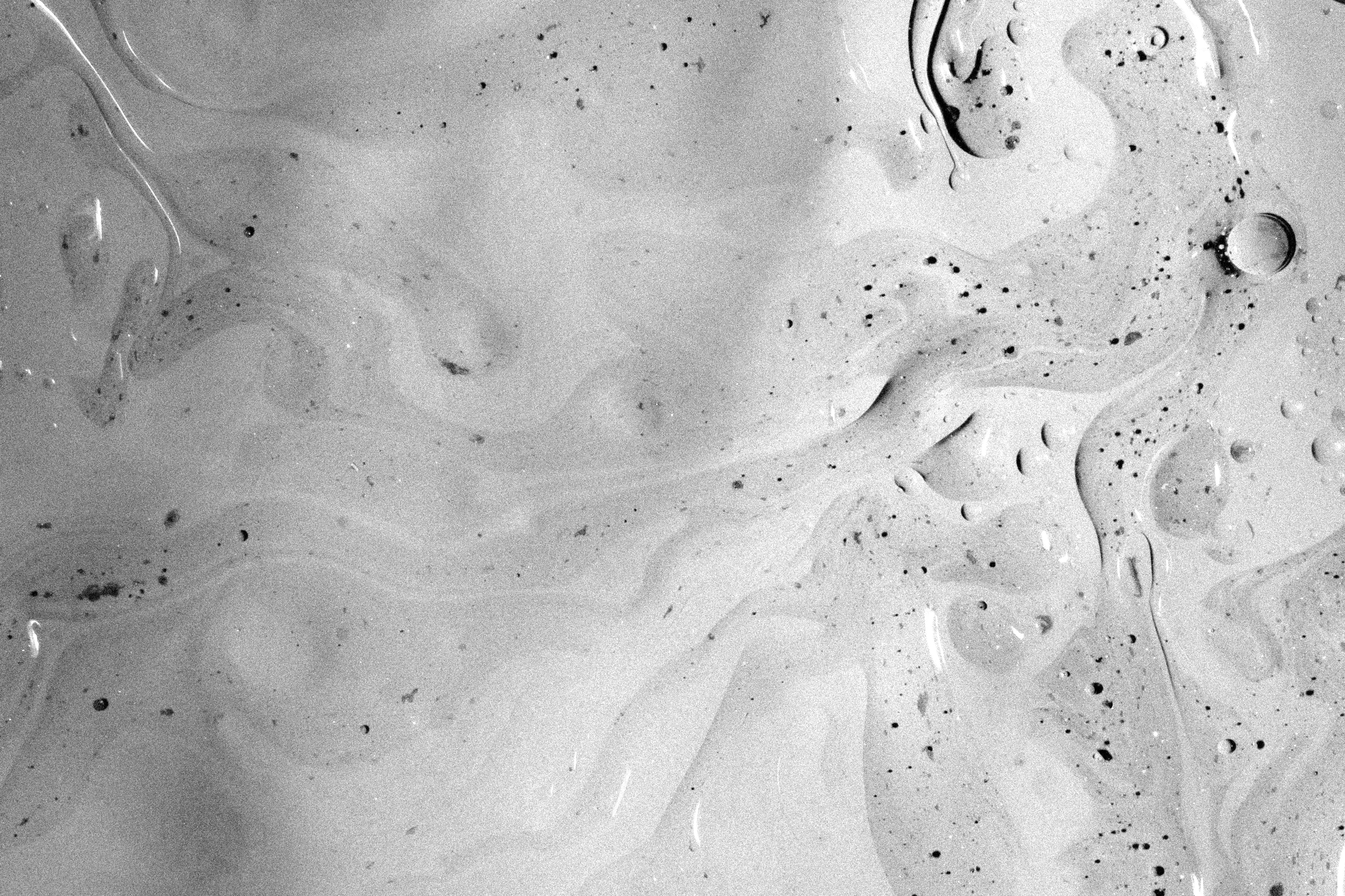Have you ever looked in the mirror and been unable to see past a spot?
I know I have, because I’m sitting here writing this blog with the worst spot I’ve had in years. Literally Mount Vesuvius is on my chin. When this happens, it takes over your thinking brain - how to treat a spot quickly? Do I pop it or leave it? Can I get rid of a spot overnight?
When it comes to skincare, the things you shouldn’t do are almost as important as the things you should do. So, let’s look at the worst offences.
Is toothpaste good for spots?
Whilst some toothpastes might contain the antiseptic Triclosan (although this is increasingly less common), they also contain ingredients that are hugely irritating to skin, like menthol. My advice: stick to using toothpaste as originally intended and find a correctly-formulated anti-blemish solution instead.
Can spot creams make blemishes worse?
Unfortunately, yes. It blows my mind how many poorly-formulated blemish solutions there are on the market. When looking at how to treat a spot effectively, there’s no place for essential oils or ‘drying’ ingredients in my book. No one wants a dry, scaly patch in lieu of their blemish. Stick to anti-inflammatory ingredients and formulas with a hydrating base to soothe ceramide-deficient pimples.
Does exfoliation break you out?
Yes! The same principle applies here. When you want to exfoliate inside your oily pores as part of your anti-breakout strategy, use chemical exfoliants, not brute force. Cleansers designed for twice daily use that contain physical exfoliants are one of the worst things you can use on breakouts.
Is it better to pop a spot or leave it?
Popping spots never ends well. You’ll be left with a weepy, open area that concealer won’t stick to, with an increased risk of post-inflammatory hyperpigmentation and scarring. Step away from the magnifying mirror!
How to correctly treat a spot overnight
Time is definitely of the essence. The less time your spot is inflamed, the less of a post-acne mark it’ll leave behind. You’ll need to get in there at the first hint of a red, angry mound. In these instances, you might well be able to nip it in the bud overnight.
A lot of people ask if they should try to bring a spot to the surface. In the end, some pimples are destined to end up as pustules (red base and angry white top), and others aren’t. It shouldn’t change your approach, which is ultimately all about calming inflammation.
Can over-cleansing cause spots?
Unfortunately, fussy cleansing is one of the most common triggers for breakouts I see. Double cleansing, oil cleansers and balm cleansers can all cause issues. The key is to cleanse gently. Cleansers that are too harsh will only dry skin out unhelpfully, disturbing its acid mantle and reduce the skin’s capacity to tolerate actives. My recommendation is always to go in with a non-foaming, fragrance-free, pH-balanced formula like Flawless Cleanser to start your routine. My mantra is: “If you get cleansing wrong, it's hard to get skincare right.”
How to treat a spot: the best ingredients
Many people ask about natural remedies for pimples. My preferred approach is to apply a properly formulated anti-inflammatory spot treatment for fast, effective results. Look for the following on your product’s INCI list:
- Benzoyl peroxide 2.5-5%
- Salicylic acid 1-2%
- Azelaic acid 5-20%
- Niacinamide 5-10%
- Bakuchiol 0.5-1 %
It's also important to check that there aren’t rogue extras in there that will increase irritation.
In the active phase of a breakout, you’ll find the inflammation-busting powers of 2% salicylic acid 5% azelaic acid combined in viral Tiktok sensation Flawless Neutralising Gel. Once the breakout is settling, switch into prevention mode and clear up any dark marks with Flawless Brightly Serum, utilising 10% azelaic acid and three additional pore-clearing, brightening actives. Pair it with Flawless Nightly Serum, a game-changer when it comes to keeping blemishes at bay.
Can a moisturiser break give you spots?
Many of you will have experienced breakouts from using the wrong moisturiser. But, whilst this might seem counter-intuitive, hydration is really important when you have spots. It allows you to use your anti-blemish solution regularly while avoiding irritation, which can magnify the red mark that’s left behind.
The key is to use a non-comedogenic moisturiser that won’t clog pores, like Flawless Moisturiser Light. It’s enriched with ceramides (the ‘glue’ between skin cells), which are really useful in maintaining a healthy skin barrier whilst calming blemishes. This will also ensure that make-up goes on smoothly, as skin won’t be flaky and dry from skipping moisturiser.
When should I see a dermatologist for a spot?
If you’re struggling with how to treat a spot that’s on the larger side (anything 1 cm in diameter or more), consider seeing a dermatologist for a steroid injection. This is worth thinking about, as lesions of this size are at greater risk of scarring - something a professional should be able to help with.
Is it ok to put make-up on a spot?
1000%, YES! Using make-up is fine for most breakouts, and perhaps the most important point for our peace of mind. Use a highly pigmented concealer that doesn't clog pores, then activate a bit of distraction make-up. Try winged eyeliner if you’re sporting a blemish on your chin. Remember, no one else will see your blemish the way you do - especially if you conceal carefully.
Does cold weather affect acne?
A recent study showed a surprising 11% increase in moderate to severe acne in winter. It all comes down to comedones. Skin that’s dry and flaky is more likely to clump, rather than exfoliate away smoothly. This particularly affects those who are acne-prone, where the skin is already inclined to clog. Dry skin also means the skin barrier is more porous and susceptible to inflammation.
How to treat a spot in winter
To support acne during the colder months, stick with a simple, gentle routine. When cleansing, skip the flannel, rinse with cooler water than you’d like, and pat dry like you would a newborn baby.
Hydration is key. If you’re dry from using actives like retinoids, start using moisturiser first as a buffer. Let it absorb fully before applying your actives. I think little and often is key, so don’t stress that you’re not using your retinoid in full-force - you’re playing the long game here.
Finally, consider a humidifier in the bedroom to neutralise the drying effect of central heating, and make sure you’re eating a diet enriched with good fats, to hydrate from the inside out.
If you’re looking for a new routine to reduce breakouts, browse skincare for blemishes, or take the Routine Finder quiz to find the right ingredients at the right concentration in the right combination for your skin.

